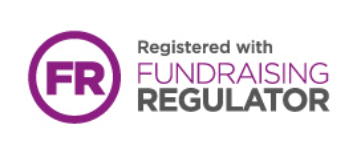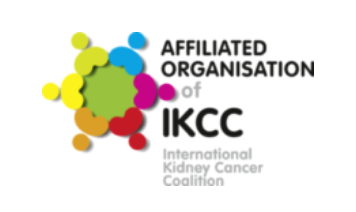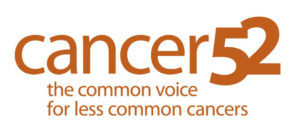Access to specialised services/treatments: Commissioning through Evaluation (CtE)
Commissioning through Evaluation (CtE) is a programme run by NHS England, which enables a limited number of patients to access treatments that are not funded by the NHS. Although not funded, these services/treatments have all been identified by clinicians and patient representatives as showing significant ‘promise’ as potential treatment options for the future. During a CtE programme, new clinical data (evidence) and patient experiences (real world data) are collected within a formal evaluation programme.
CtE programmes are particularly relevant to specialised services, and services and treatments for smaller numbers of patients; often there is less evidence available in these areas to support the development of a full commissioning policy.
There are two main phases to the programme:
- Phase 1 – NICE helps to agree the total number of patients needed to support the data analysis. These patients are recruited at a few selected centres across England. The CtE programme will be stopped as soon as enough patients have been recruited to complete the analysis of the data. In other words, if enough patients are recruited to support the analysis, the scheme may be stopped sooner than expected. Also, the number of patients may be increased, if, for example, not enough patients are recruited in a particular group.
- Phase 2 – this is the analysis phase, which varies in length depending on the types of evaluations that are done and the length of follow-up that is required. For example, to assess whether treatment benefits are maintained for 12 or 24 months, or to assess overall survival for a new cancer treatment.
NICE advises NHS England on whether a follow-up period is needed, the number of patients required for each assessment during the follow-up period, and the length of the follow-up. This ensures that the data produced by the CtE programme meet requirements to inform future commissioning policy decisions.
During the analysis of the data, all patients being treated in a CtE programme will receive appropriate follow-up care; however, no new patients will be funded by NHS England for the service/treatment being investigated and the service/treatment will not be routinely available within the NHS. NHS England’s published policy for the service/treatment concerned will be followed.
Once the analysis is complete and the CtE report is available, or if new data from clinical trials comes to light, the published policy for the service/treatment concerned will be reviewed and it will be decided whether or not to make the service/treatment available within NHS England.
The following CtE programmes are currently available. For more information about these programmes, including the centres that are participating and recruiting patients, please visit the NHS Commissioning through Evaluation page:
- Selective Dorsal Rhizotomy (SDR): This is a procedure that aims to increase mobility in children with cerebral palsy, by selectively cutting nerves in the spine, to improve spasticity (muscle stiffness).
- Selective Internal Radiation Therapy (SIRT): This is a form of radiotherapy using radioactive beads to treat cancerous tumours in the liver.
- Percutaneous Mitral Valve Leaflet Repair (Mitraclip): This procedure is used to treat mitral regurgitation in patients with heart failure.
- Patent Foramen Ovale (PFO) Closure: This procedure is used to prevent recurrent stroke.
- Left Atrial Appendage Occlusion (LAAO): This procedure is used in the prevention of stroke.
- Stereotactic Ablative Radiotherapy (SABR): SABR is a more precise delivery of radiotherapy, applying high doses of radiation whilst causing less damage to surrounding healthy tissues.
Selective Internal Radiation Therapy (SIRT) and Stereotactic Ablative Radiotherapy (SABR) might be of interest to people with kidney cancer.
You should discuss with your clinician if Commissioning through Evaluation (CtE) is an option that is relevant to your situation.


